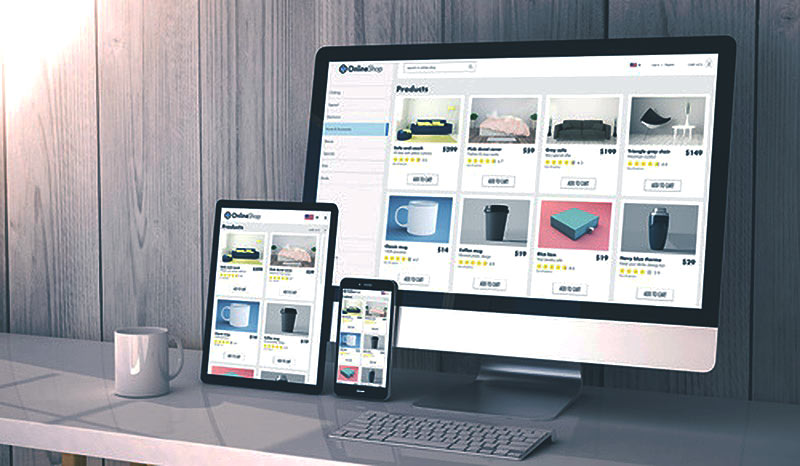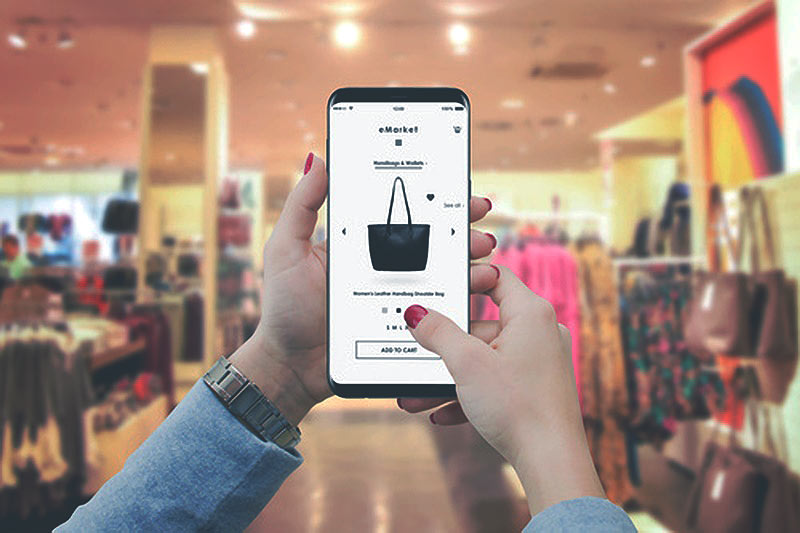Why Web Design Is Important For Converting Customers

The primary goal of any business’ online presence is to convert as many visitors to their website into leads and customers. This, in essence, is what conversion optimisation hopes to increase manifold. More often than not, it is the website’s design and UI that plays a major role in engaging potential customers and ensuring that their interest is sustained. Research suggests that the human attention span is a mere 8 seconds – this means that businesses have only 8 seconds to convince their potential customers to stay on their website. Let’s see how web design can make or break lead generation –
1. First Impressions Are Crucial
As mentioned, websites have only a few seconds to create a lasting impression on its visitors that will make them want to stay. Thus, the aesthetics of the site come to the forefront. Things such as a clean, evenly spaced layout interspersed with readable text, compelling visuals and captivating photography can make a huge impact on grabbing a visitor’s attention and shaping their perception of the company.
Aesthetics of a website can be used as a mirror of the company or brand. A clean, minimalist aesthetic reflects that a business is modern, efficient and organised. A more timeless and classic aesthetic tells the viewer that the business is a well-established, trustworthy one with solid roots.
2. Navigation and Responsiveness

Making sure that a website has logical and easy to access navigational cues is vital to guiding visitors to information that a business wants to make visible. Placement of content on the landing page and throughout the rest of the site can influence how long a visitor spends on that particular page. Researchers have used eye-tracking software to find that people usually follow an ‘F’ pattern while browsing a web page, starting from the top left and sliding right, with decreasing attention downwards. Thus, placing content in a hierarchical structure with the company’s unique selling point and calls-to-action buttons at the top left can dramatically increase engagement.
A similarly important aspect is web design is making a site responsive so that it is accessible to users of all devices, not just PCs. A major chunk of website traffic in recent times have been on mobile devices; thus, it is imperative to ensure that accessing websites on smaller screens is just as pleasant an experience as on bigger screens.
3. Correct Use Of White/Negative Space
The proper utilisation of negative space can be just as impactful as positive space. Blank spaces between blocks of content can serve to distinguish between ideas and help make vital information the focus of the page. The right balance of white and positive space can enhance user experience and help the call-of-action statement stand out.

A website serves as the first point of contact between a consumer and a business. Thus, the value of a great web design can be priceless in terms of converting the numerous interested visitors into paying customers. In the age of the internet, good, user-friendly and attractive web designs can help businesses stand out from their competition and convince users to choose their products/services over others in the market.







Leave a Reply